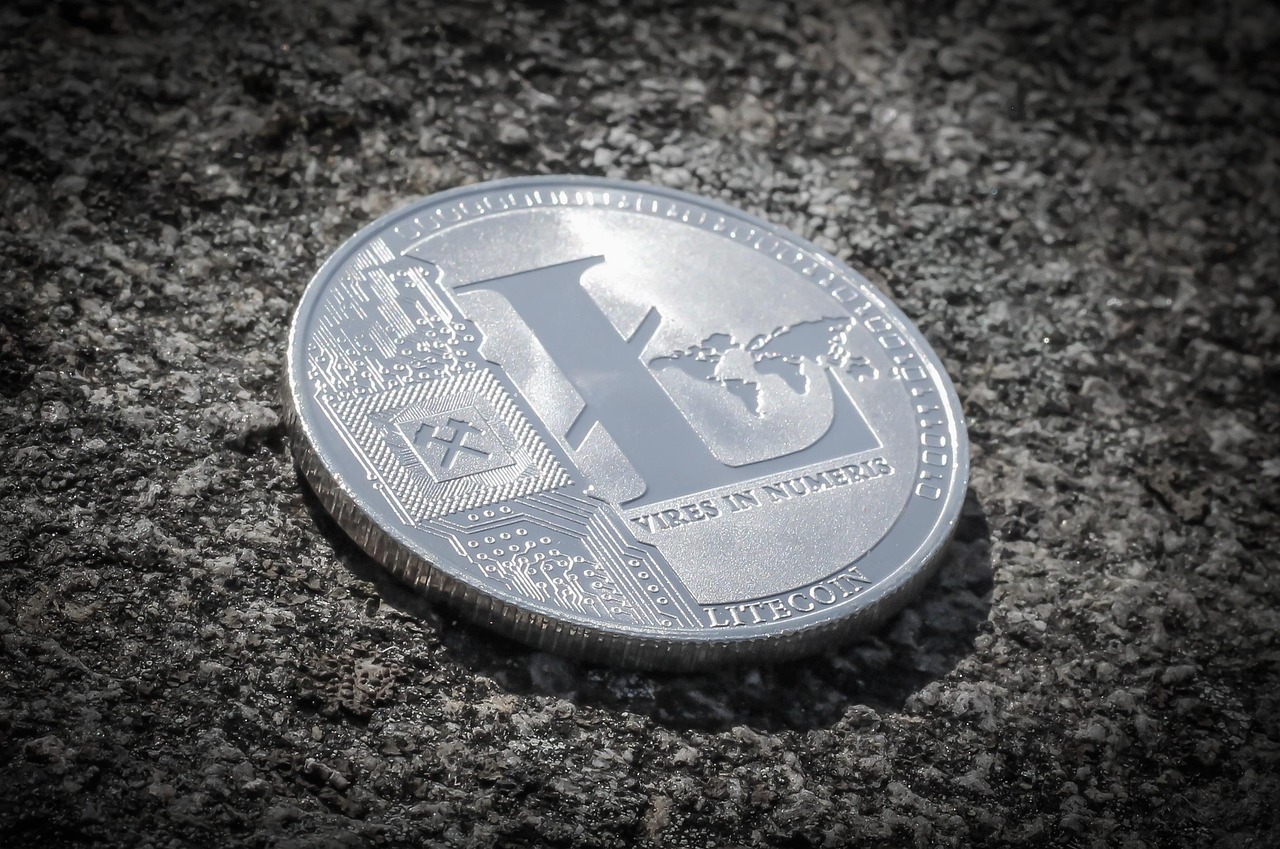
Layer 2: Scaling Ethereums Future, Beyond Throughput
In the ever-evolving landscape of blockchain technology, scalability remains a persistent challenge. While the inherent security and decentralization of blockchain are its key strengths, these features often come at the cost of speed and efficiency. This is where Layer 2 solutions come into play, offering innovative approaches to enhance transaction throughput and lower costs without compromising the foundational security of the underlying Layer 1 blockchain. Let's delve into the world of Layer 2 scaling solutions and explore how they are revolutionizing the blockchain ecosystem.
Understanding the Blockchain Scalability Problem
The Trilemma: Security, Decentralization, and Scalability
The blockchain trilemma posits that achieving security, decentralization, and scalability simultaneously i...







